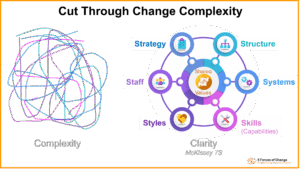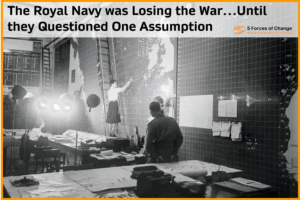Great leaders make change happen. But what are the characteristics that make them so effective? In essence, there are just five, though none of them is simple or easy to come by, and often it will take a team to offer them, rather than one ‘super leader’.

The first of these five characteristics Purpose – an unwavering and passionate sense of vision; a clear idea of what a better future looks like and the courage to pursue it through thick and thin.
The second is Engagement – the ability to relinquish control, not being afraid to listen to people’s views, involve them in the process of defining and implementing change and empowering to make it happen for themselves. Change fails when only one person or a small group of people impose it from the centre.
The third is Progression – the ability to help others let go of the past. This is founded on a respect for what has gone before and a sense that each change is simply a milepost in the history of an organisation, an adjustment to shifting conditions in the outside world. These adjustments allow an organisation to remain relevant and to prosper in the long run.
The fourth characteristic is Coaching – a deep appreciation of the need to train and support people as they climb the learning curve. This involves making it ok to try new things and fail (in the short term), but no ok to remain stuck in the past, and to help people sustain a sense of achievement whilst they wrestle with change.
The fifth characteristic is Certainty – confidence about the future and optimism about people’s ability to adapt to a new world. This confidence is only worthwhile if it is projected to all concerned through clear, open, honest and ceaseless communication about the why, what and how of change; communication from the moment a change is commenced until long after it has been implemented and the benefits have been accrued.






